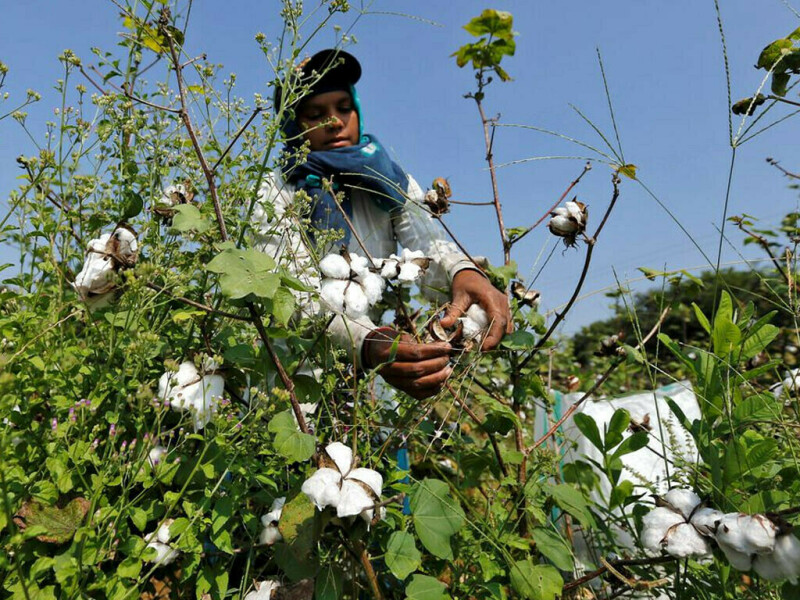Earlier this month, the IMF came under fire for projecting a significantly exaggerated forecast of Pakistan’s trade deficit for the fiscal year 2023-24, which in turn vastly overstated the perceived external financing requirements of the economy.
Compared to the Fund’s projections of goods import of $65 billion for the ongoing year, Pakistan’s annual import bill for the full fiscal is expected to land in the vicinity of $55 billion. (In fact, these imports could have been a billion dollars lower were it not for the excessive import of wheat made between Sep 23 – Mar 24). Anyway, without sizable growth in exports, it appears that Pakistan’s threshold level of goods import bill runs into the limit at current levels, which is where the steady supply of workers’ remittances knocks off the trade deficit in goods and services.
But neither the Fund nor policymakers can be truly blamed for failing to see the collapse of demand for imported raw cotton, which has effectively wiped off $1 billion worth of imports from the annual import bill. Readers will recall that the raw cotton import bill breached $1.5 billion in 2021 and 2022, taking the commodity into the top five imported items by the economy after petroleum products, LNG, and palm oil.
The relegation of cotton from the top 5 imported items to the top 20 in just a year is beyond surprising, considering that by most official estimates, Pakistan remains a cotton deficit country, missing its domestic production target of 12 – 15 million bales (of 170kg) every year by at least 2 – 5 million bales. Cotton consumption by the domestic spinning industry for the last 5 years is estimated at nearly 13 million bales, which has indicated that import will remain a persistent requirement.

Yet, the cotton import bill is projected to collapse by a whopping 80 percent during the ongoing fiscal, with import volume declining to one-fourth of the past three-year average – from 2.5 million bales to just half a million bales for FY24. Although a superficial analysis would point to the spectacular recovery in local production from 4.5 million bales to 10.5 million bales following the flood year (2022-23), it should be noted that the gap of 6 million bales from the flood year was never really filled.
Which brings us to demand analysis. Despite the phenomenal recovery in domestic cotton production, the shocking stagnation in the yarn output points to a different story. Pakistan’s spinning mills may have been well stocked up on domestic cotton, but the high energy tariffs and the rise in cost of production have rendered them uncompetitive, with spinning and weaving output (cotton yarn and cloth) falling to the lowest level in 20 years as per Large Scale Manufacturing Index.
This means that if local crop production performs even half decently in the upcoming year – with no natural disasters like the 2022 monsoon floods wiping out the cotton farms – Pakistan’s demand for imported shall remain under control in the next financial year as well, providing a much-needed breather for planners and forecasters of external account.
But the monsoon is still three months away. It may be still too soon to take big bets on what the next year has in store for the local cotton season.
Read the full story at the Business Recorder - Latest News website.



